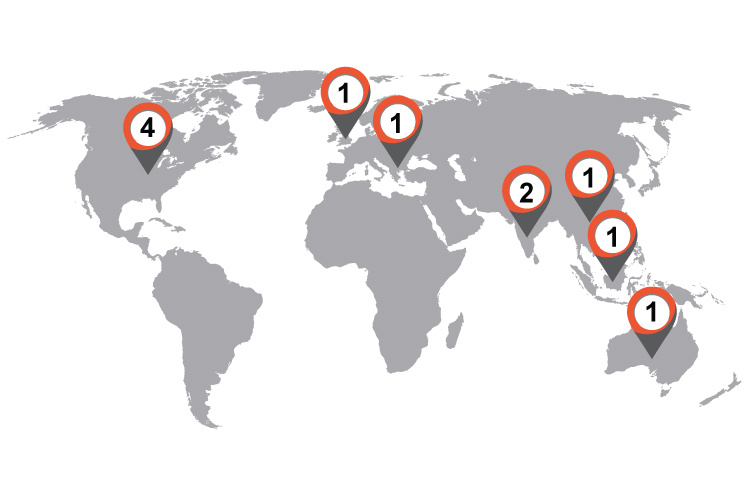Hydraulic systems and tools are critical in many industries, from construction to manufacturing, providing immense power and precision. However, they also pose significant risks if not handled correctly. Ensuring safety when working with hydraulics is paramount to prevent accidents and equipment damage. Here are some essential safety tips for working with hydraulics and hydraulic tools:
1. Wear Appropriate Personal Protective Equipment (PPE)
Always wear the necessary PPE, including gloves, safety glasses, and protective clothing, when working with hydraulic systems. PPE helps protect you from fluid leaks, high-pressure bursts, and other potential hazards.
2. Inspect All Components Before Use
Before operating any hydraulic system or tool, thoroughly inspect all components, including hoses, fittings, and pumps. Do not use any damaged or worn parts. Instead, return them to an authorized repair center for repair or replacement to ensure optimal safety and functionality.
3. Clean Couplers Before Assembly
Ensure both ends of the couplers are clean before assembly. Dirt and debris can contaminate the hydraulic fluid, leading to equipment damage and reduced efficiency.
4. Avoid Kinking Hoses
Do not kink hydraulic hoses. Kinking can cause weak points, leading to potential failures under pressure. Always handle hoses carefully to avoid unnecessary wear and tear.
5. Keep Equipment Away from Excessive Temperatures
Hydraulic systems should be kept away from extreme temperatures. High temperatures can degrade hydraulic fluid and components, while freezing temperatures can cause fluids to thicken and reduce system efficiency.
6. Cap Couplers When Not in Use
When hydraulic couplers are not in use, keep them capped to prevent contamination and damage. Uncapped couplers exposed to the environment can introduce dirt and moisture into the system, leading to potential malfunctions.
7. Do Not Overfill Pump Reservoirs
Overfilling the pump reservoirs can lead to leaks and pressure imbalances. Always fill to the manufacturer's recommended levels to ensure proper operation.
8. Use High-Quality Hydraulic Oil
Using the right hydraulic oil is crucial. High-quality oils, like those from Hydraulic Technologies, ensure optimal performance and longevity of your equipment. The wrong fluid can cause damage and premature failure of hydraulic components.
9. Recognize System Pressures
Do not use a high-pressure pump on a system designed for lower pressures. For example, avoid using a 10,000 PSI pump on a system with 3,000 PSI components. Mismatched pressures can cause catastrophic failures.
10. Replace Damaged Hoses Immediately
If you notice any damage to hydraulic hoses, replace them immediately. Operating with damaged hoses increases the risk of leaks and bursts, which can be dangerous and costly.
11. Do Not Operate with Only One Hose Attached
When using tools like torque wrenches, always connect both hoses to the pump. Operating with only one hose attached can cause uneven pressure distribution and potential tool failure.
12. Never Alter Internal Relief Valves
Internal relief valves are critical safety components designed to prevent over-pressurization. Never attempt to alter or bypass these valves, as doing so can lead to dangerous pressure levels and equipment damage.
13. Use the Right Tools for the Job
Only use tools for their intended purpose. Using the wrong tool can lead to improper handling and increased risk of accidents. Ensure that you are using the appropriate size sockets, links, and accessories for your hydraulic tools.
14. Avoid Driving Over Hoses
Driving over hydraulic hoses or dropping heavy objects onto them can cause severe damage. Always keep hoses clear of traffic areas and handle them with care.
15. Change Oil and Filters Regularly
Regular maintenance, including changing oil and filters at recommended intervals, is essential to keep hydraulic systems running smoothly. Clean oil and filters help prevent contamination and ensure efficient operation.
Conclusion
Safety around hydraulics and hydraulic tools cannot be overstated. By following these essential tips, you can ensure a safer working environment, prevent accidents, and prolong the lifespan of your equipment. Always prioritize safety and proper maintenance to get the most out of your hydraulic systems.
For more information and high-quality hydraulic products, visit Hydraulic Technologies.
Stay safe and stay informed!
Explore related products.












































